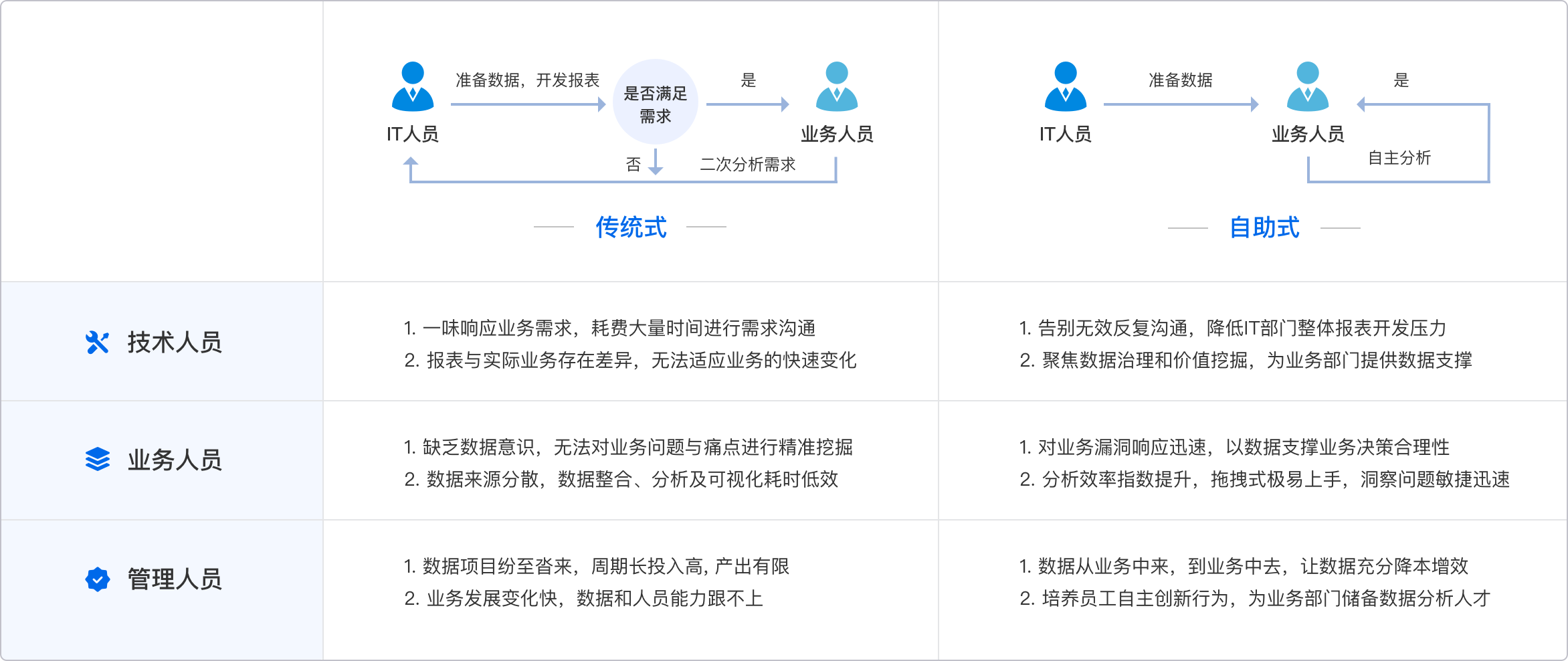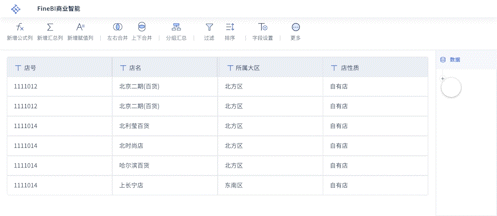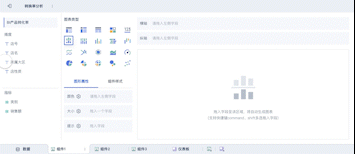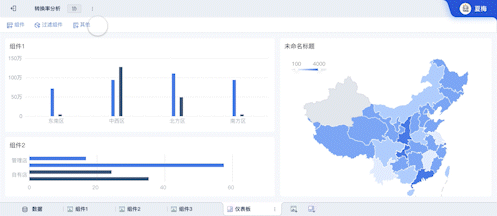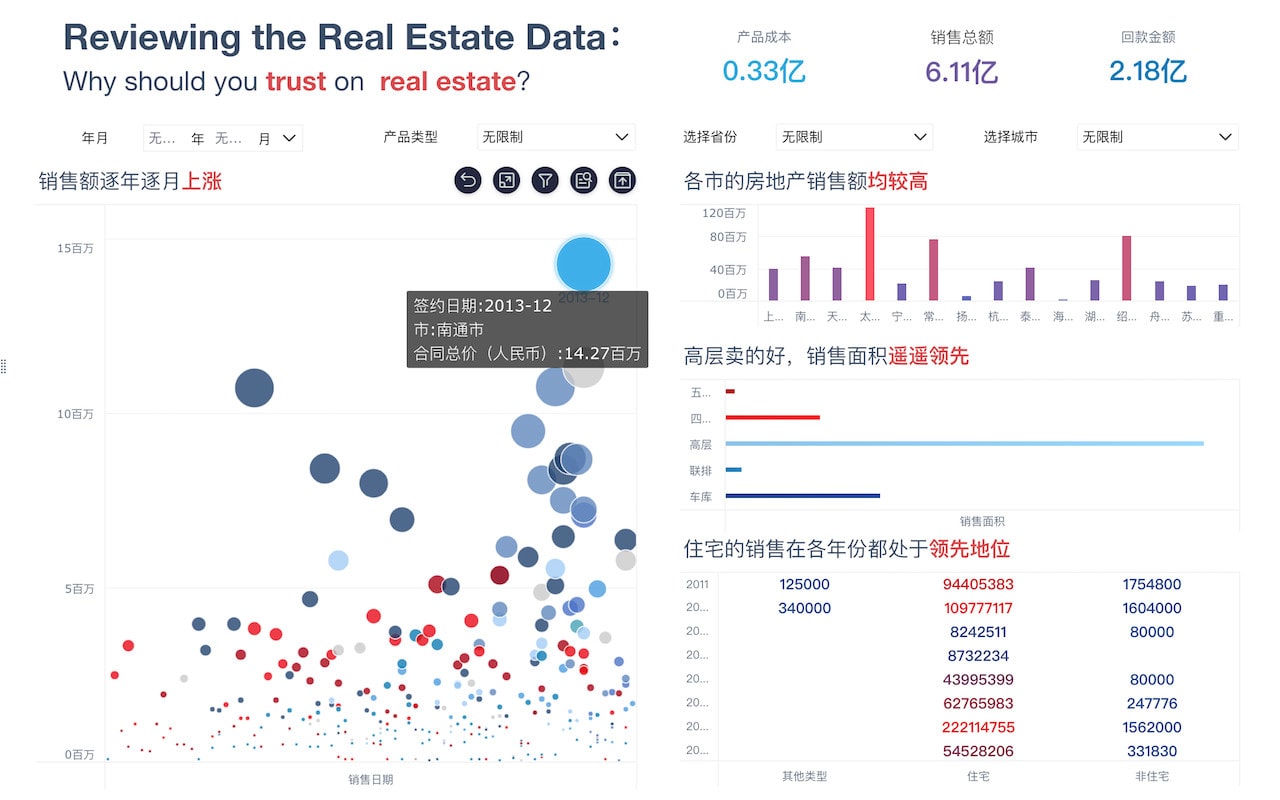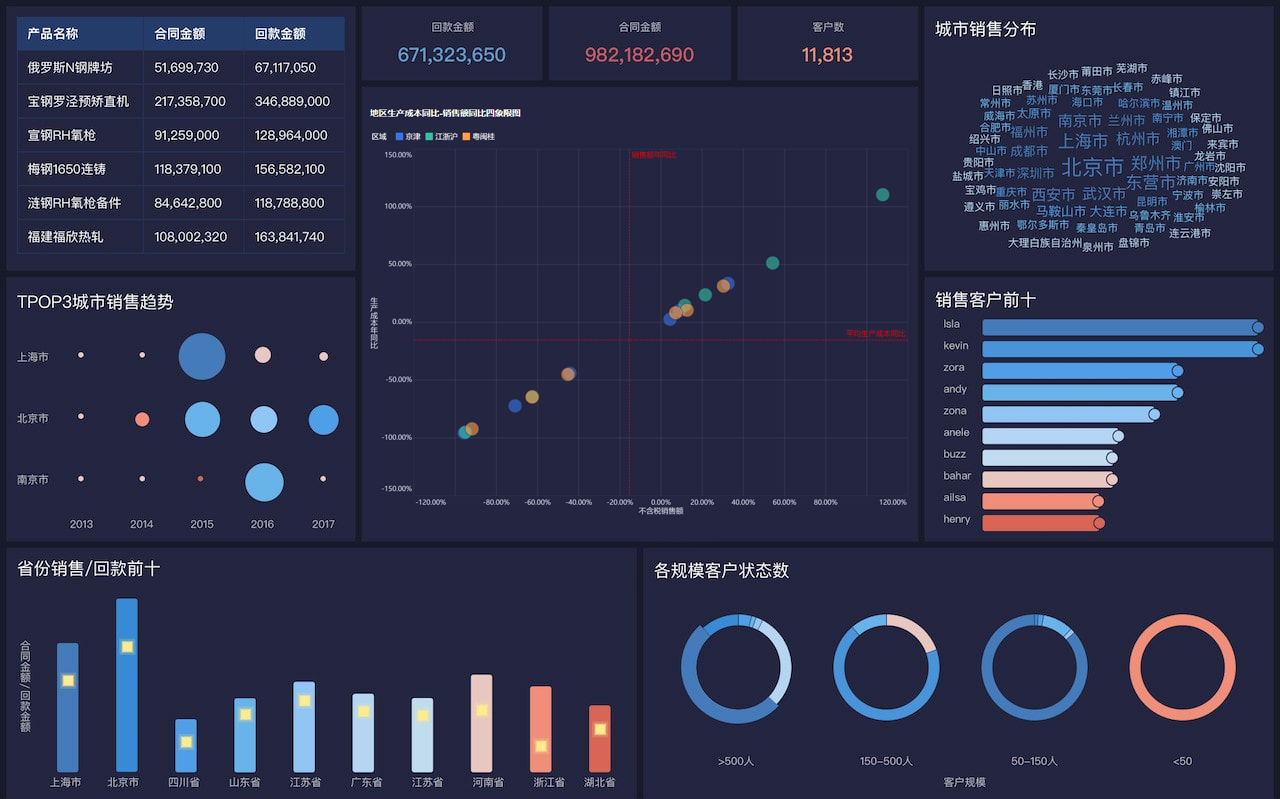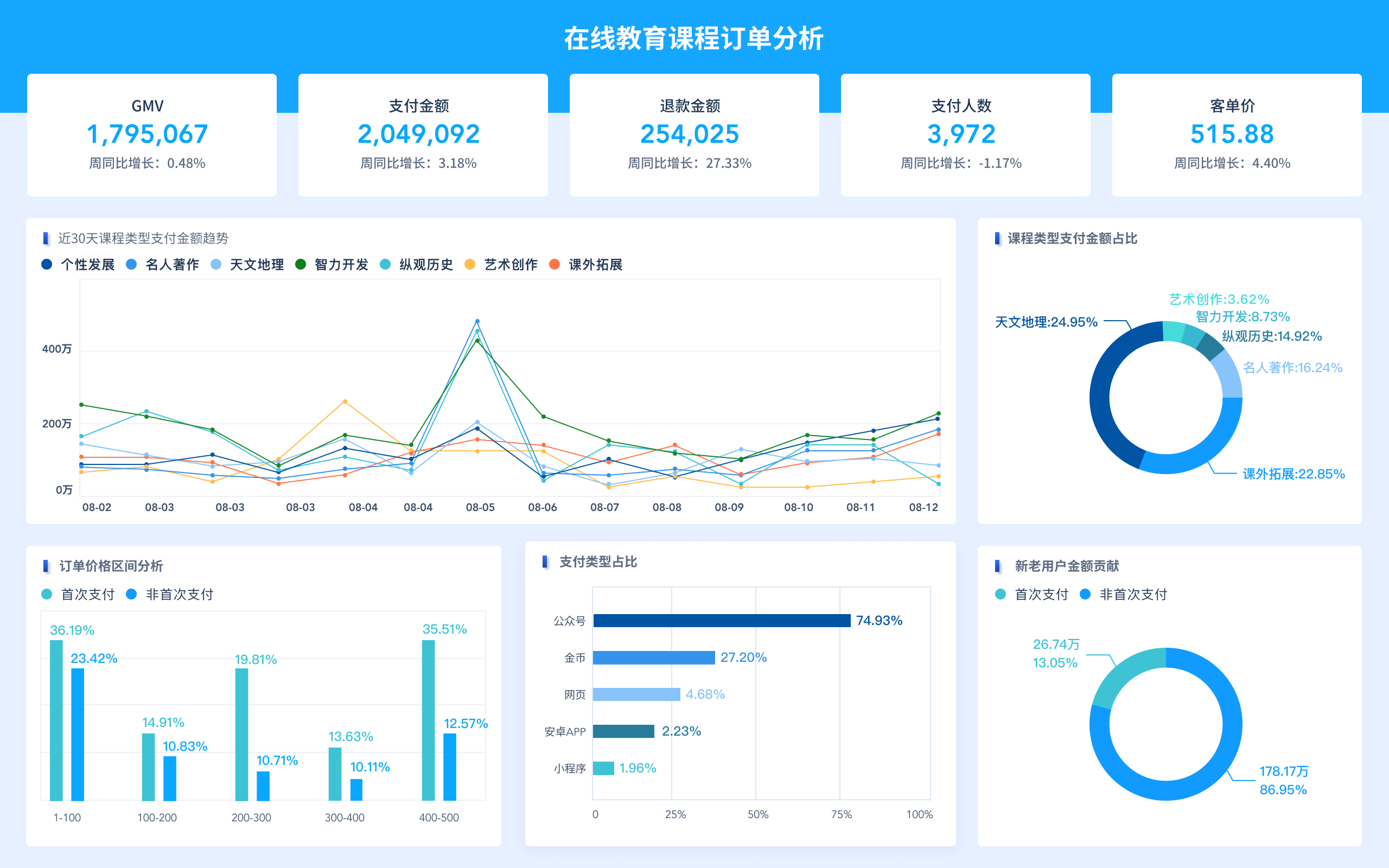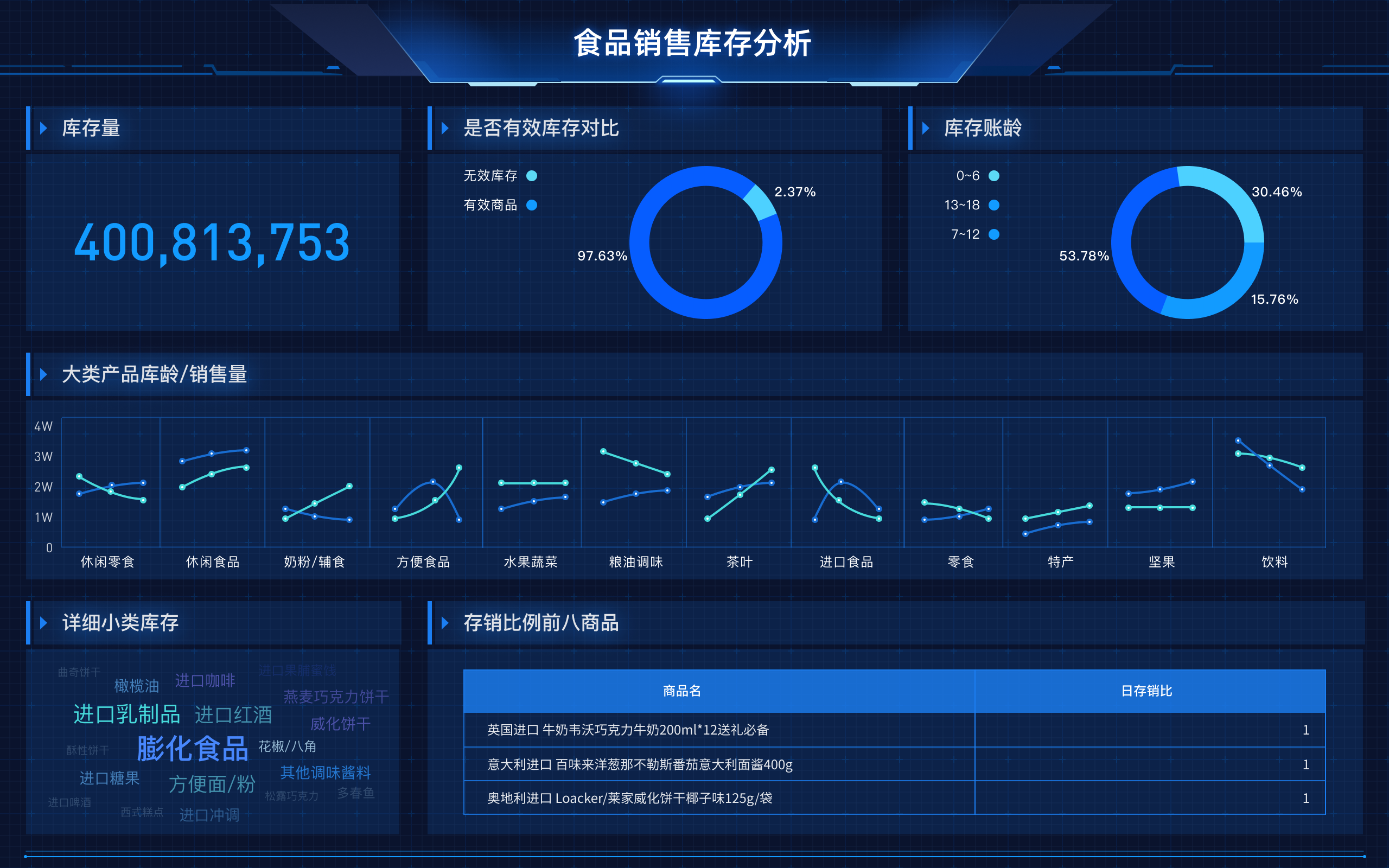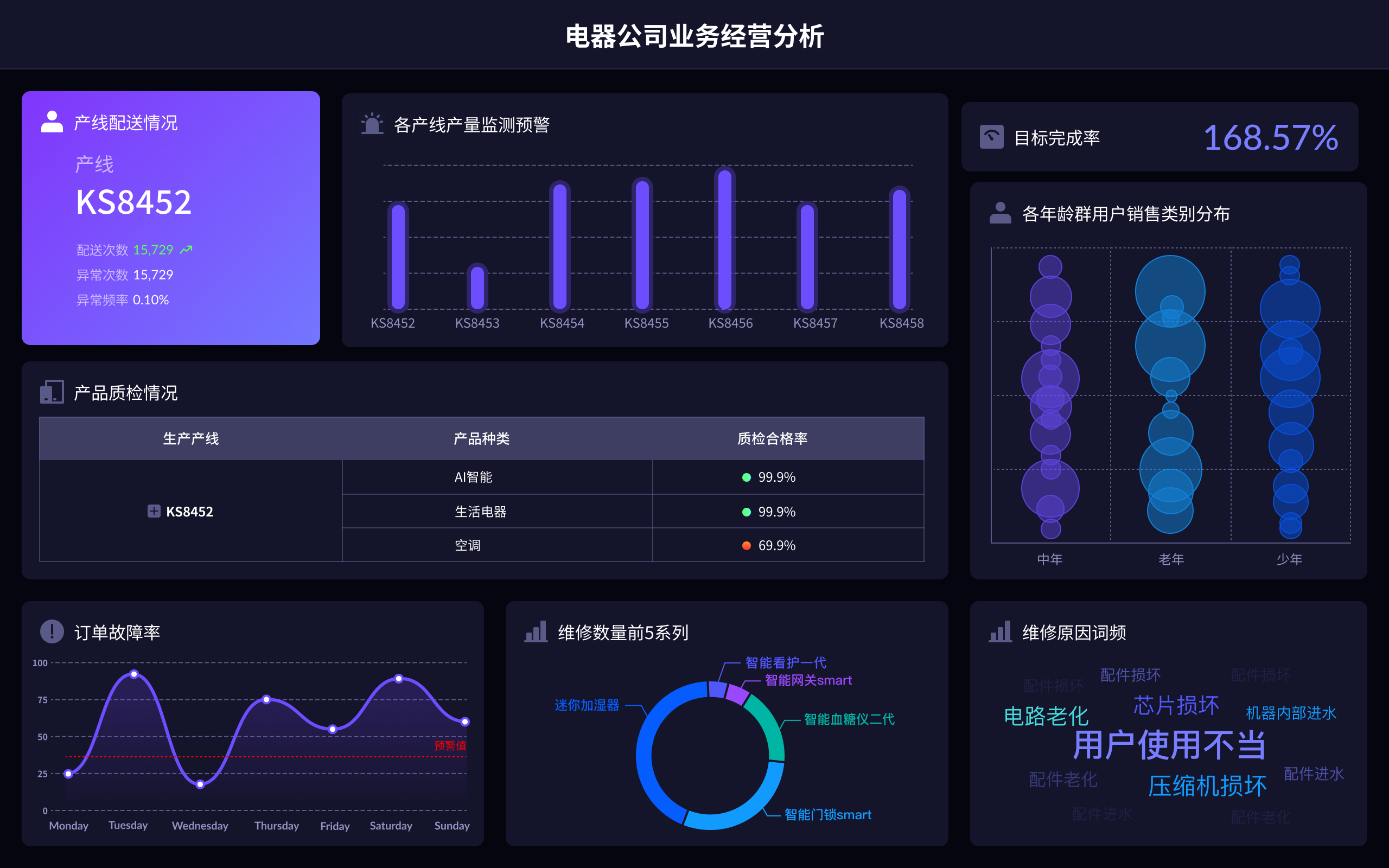
Data integration has various terms, including data merging, data consolidation, data blending, data aggregation, and data synthesis. Data merging typically involves combining data from different sources into a single, unified set, focusing on matching fields and integrating them seamlessly. This process ensures that disparate data is made compatible, providing a comprehensive dataset for analysis and reporting.
一、DATA MERGING
Data merging is the process of combining multiple datasets into one. It involves matching fields from different sources, often using unique identifiers or keys. This method is crucial when datasets come from varied databases or systems, ensuring that all relevant data points are integrated. For instance, in a business context, merging customer information from a CRM system with transaction data from a sales platform can provide a holistic view of customer behavior and sales trends.
Challenges in data merging include ensuring data quality and consistency, handling duplicates, and resolving conflicts between datasets. To address these issues, organizations use data cleaning and transformation techniques before merging.
二、DATA CONSOLIDATION
Data consolidation refers to the process of combining data from multiple sources into a central repository. Unlike data merging, which focuses on integrating fields, data consolidation often involves summarizing and storing data for analysis and reporting. This approach is commonly used in data warehousing, where data from various operational systems is aggregated into a single, centralized database.
The primary goal of data consolidation is to provide a unified view of the organization's data, making it easier to generate insights and support decision-making processes. It helps reduce data redundancy and ensures data consistency across the organization.
三、DATA BLENDING
Data blending is the technique of combining data from different sources while retaining the original data structures. This method is often used in analytics and business intelligence to bring together data from disparate systems without the need for extensive preprocessing or data warehousing.
Data blending allows analysts to create more comprehensive reports and visualizations by incorporating data from various sources, such as spreadsheets, databases, and cloud services. Tools like Tableau and Power BI offer data blending capabilities, enabling users to perform ad hoc analysis and gain insights from diverse datasets.
四、DATA AGGREGATION
Data aggregation involves summarizing detailed data into higher-level categories or groups. This process is essential for generating summary statistics, such as totals, averages, and counts, which are useful for reporting and analysis. Data aggregation is commonly used in financial reporting, where individual transactions are aggregated into monthly or quarterly summaries.
One of the key benefits of data aggregation is that it reduces the volume of data, making it easier to analyze and interpret. However, it's important to ensure that the aggregation process maintains data accuracy and relevance, as overly aggregated data can obscure important details.
五、DATA SYNTHESIS
Data synthesis refers to the process of creating new data points by combining existing data in innovative ways. This method is often used in machine learning and artificial intelligence to generate synthetic data for training models. Data synthesis can also involve creating composite metrics or indicators by combining multiple data sources.
The main advantage of data synthesis is that it allows organizations to generate insights and predictions even when limited real-world data is available. For example, synthetic data can be used to simulate scenarios and test hypotheses, providing valuable input for decision-making processes.
六、工具与技术
实施数据集成需要合适的工具和技术。FineDatalink是帆软旗下的产品,提供了一套全面的数据集成解决方案。FineDatalink支持多种数据源的连接和整合,帮助企业高效管理和分析数据。更多信息,请访问FineDatalink官网:[FineDatalink官网](https://s.fanruan.com/agbhk)。
其他常用的数据集成工具包括Apache Nifi、Talend、Informatica和Microsoft SQL Server Integration Services (SSIS)。这些工具提供了多种功能,从数据提取和转换到加载和存储,支持各种数据集成需求。
七、应用案例
数据集成在多个行业中都有广泛应用。在金融行业,数据集成帮助银行和金融机构整合客户信息、交易记录和市场数据,提供更精准的风险评估和客户分析。在医疗行业,数据集成促进了患者记录、诊疗信息和研究数据的整合,提升了医疗服务的质量和效率。
在零售行业,数据集成支持库存管理、销售数据分析和客户行为跟踪,帮助企业优化库存、提升销售和改进客户体验。通过数据集成,企业能够更全面地了解市场动态和客户需求,从而制定更有效的商业策略。
总结来说,数据集成是一项关键技术,能够帮助企业充分利用多源数据,实现全面的数据分析和智能决策。通过选择合适的工具和方法,企业可以克服数据集成的挑战,充分挖掘数据的价值。
相关问答FAQs:
在数据集成的领域,存在多种说法和术语,它们帮助定义和描述如何将来自不同来源的数据合并为一个统一的视图。以下是一些常见的英文表达和术语:
-
Data Integration
- 这是最常见的术语,用于描述将来自不同源的数据合并和整合的过程。数据集成的主要目标是创建一个统一的、易于访问和分析的数据视图,以支持决策和业务流程。
-
Data Aggregation
- 数据聚合指的是将多个数据源的信息汇集到一起,以便进行汇总和分析。这通常涉及将数据从不同的系统或数据库中收集,并将其整合到一个单一的视图中,以便于进行汇总分析。
-
Data Fusion
- 数据融合是一个更高级的术语,涉及将来自不同来源的数据融合在一起,以便创建更全面和准确的信息。这种方法不仅仅是简单的数据合并,还包括数据的匹配、补充和增强,以提供更丰富的洞察。
-
Data Consolidation
- 数据整合或数据集中化指的是将多个数据源的信息集中到一个地方。这通常是为了简化数据管理和报告,确保所有数据都集中在一个系统中,从而提高效率和一致性。
-
Data Synchronization
- 数据同步涉及保持不同系统或数据源中的数据一致。虽然这通常不涉及实际的合并,但它确保在多个系统中保持数据的一致性和实时更新。
-
ETL (Extract, Transform, Load)
- ETL是一个常见的数据集成过程,包括提取数据、对数据进行转换(以适应目标系统的要求)和加载到目标系统中。这个过程通常用于数据仓库和业务智能系统中。
-
Data Federation
- 数据联邦指的是通过虚拟化技术将多个数据源的数据呈现为一个统一的视图,而无需将数据物理地移动或合并。这种方法允许用户跨多个数据源进行查询和分析。
-
Data Warehousing
- 数据仓库指的是一种专门设计的系统,用于存储大量的历史数据,并提供支持分析和报告的功能。数据仓库通常通过数据集成技术从多个来源提取数据,并进行整合和存储。
-
Data Merging
- 数据合并是指将来自不同数据源的数据组合在一起,以形成一个综合的视图。这通常涉及数据清洗和处理,以确保数据的准确性和一致性。
-
Data Integration Middleware
- 数据集成中间件指的是用于在不同系统或应用程序之间传输和转换数据的软件。这种中间件可以帮助简化和自动化数据集成过程。
这些术语和方法在数据管理和分析中扮演着重要角色,每种方法都有其独特的应用场景和优势。理解这些术语有助于在数据集成的不同情境中选择合适的技术和策略。
本文内容通过AI工具匹配关键字智能整合而成,仅供参考,帆软不对内容的真实、准确或完整作任何形式的承诺。具体产品功能请以帆软官方帮助文档为准,或联系您的对接销售进行咨询。如有其他问题,您可以通过联系blog@fanruan.com进行反馈,帆软收到您的反馈后将及时答复和处理。


